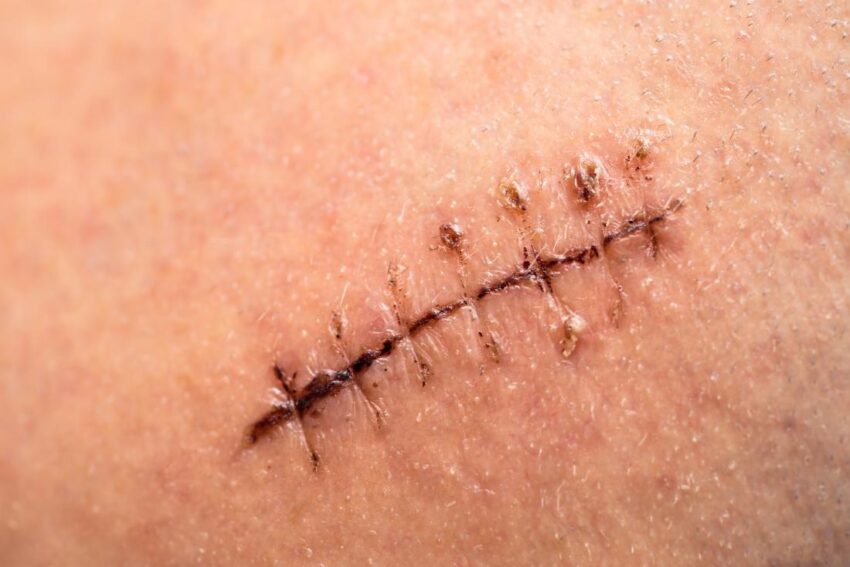Stitches, also known as sutures, are a common medical intervention to close wounds and promote healing. While traditional stitches may need to be removed, many surgical procedures today use dissolvable stitches, known as absorbable sutures. The duration it takes for stitches to dissolve can vary based on the type of suture used and the location of the wound. In this article, we will explore the different types of stitches, their dissolving times, and factors that affect the process.
Types of Stitches:
Non-Absorbable Stitches: These traditional stitches need to be removed by a healthcare provider once the wound has healed. Common materials for non-absorbable stitches include nylon and polyester. Removal typically occurs 5 to 14 days after the stitches are applied, depending on the location and the type of wound.
Absorbable Sutures: Absorbable sutures are designed to break down naturally in the body over time, eliminating the need for removal. They are commonly used for internal surgeries and deep wounds. The dissolving time can range from a few days to several weeks, depending on the material used.
Factors Affecting Dissolving Time:
Suture Material: The type of suture material plays a significant role in how long it takes for the stitches to dissolve. Common absorbable materials include polyglycolic acid (PGA), polyglactin (such as Vicryl), and polydioxanone (PDS). PGA dissolves the fastest, typically within 10 to 14 days, while Vicryl and PDS may take longer, around 4 to 6 weeks.
Wound Location: The location of the wound can influence the dissolving time. Stitches on areas with high blood flow, such as the face, may dissolve more rapidly than stitches in low blood flow areas like the lower extremities.
Wound Type: The nature of the wound also plays a role. Deeper or more complex wounds may require longer-lasting sutures, whereas shallow wounds can be closed with sutures that dissolve faster.
Patient’s Healing Process: Each person’s body heals at its own pace. Factors like age, overall health, and immune function can affect how quickly the body absorbs and breaks down the sutures.
Caring for Dissolvable Stitches:
While absorbable sutures don’t require removal, it’s essential to care for the wound properly to ensure a successful healing process. Here are some tips:
Keep it Clean: Follow your healthcare provider’s instructions for cleaning the wound. Usually, this involves gentle washing with mild soap and water.
Avoid Moisture: Keep the wound dry and avoid soaking it in water, like in baths or swimming, until it is fully healed.
Wound Healing Timeline:
The dissolving time of stitches is only one aspect of the wound healing process. A typical wound healing timeline includes:
Hemostasis (1-2 Days): The immediate response of the body to stop bleeding and initiate the healing process.
Inflammation (3-5 Days): White blood cells clear debris and prevent infection, leading to redness, swelling, and heat at the wound site.
Dissolving Stitches at Home:
In some cases, your healthcare provider may give you the option to remove dissolvable stitches at home. If instructed to do so, here’s a general guide:
Gather Supplies: You will need clean tweezers, scissors, and a mirror.
Wash Your Hands: Ensure that your hands are thoroughly cleaned.
Always follow your healthcare provider’s specific instructions for at-home suture removal.
In conclusion, how long does it take for stitches to dissolve depends on several factors, including suture material, wound location, and individual healing processes. Dissolvable stitches can range from a few days to several weeks. Proper wound care and following your healthcare provider’s guidance are essential for successful healing. If you have concerns about your sutures or the wound’s healing progress, don’t hesitate to contact your healthcare provider for guidance and evaluation.


